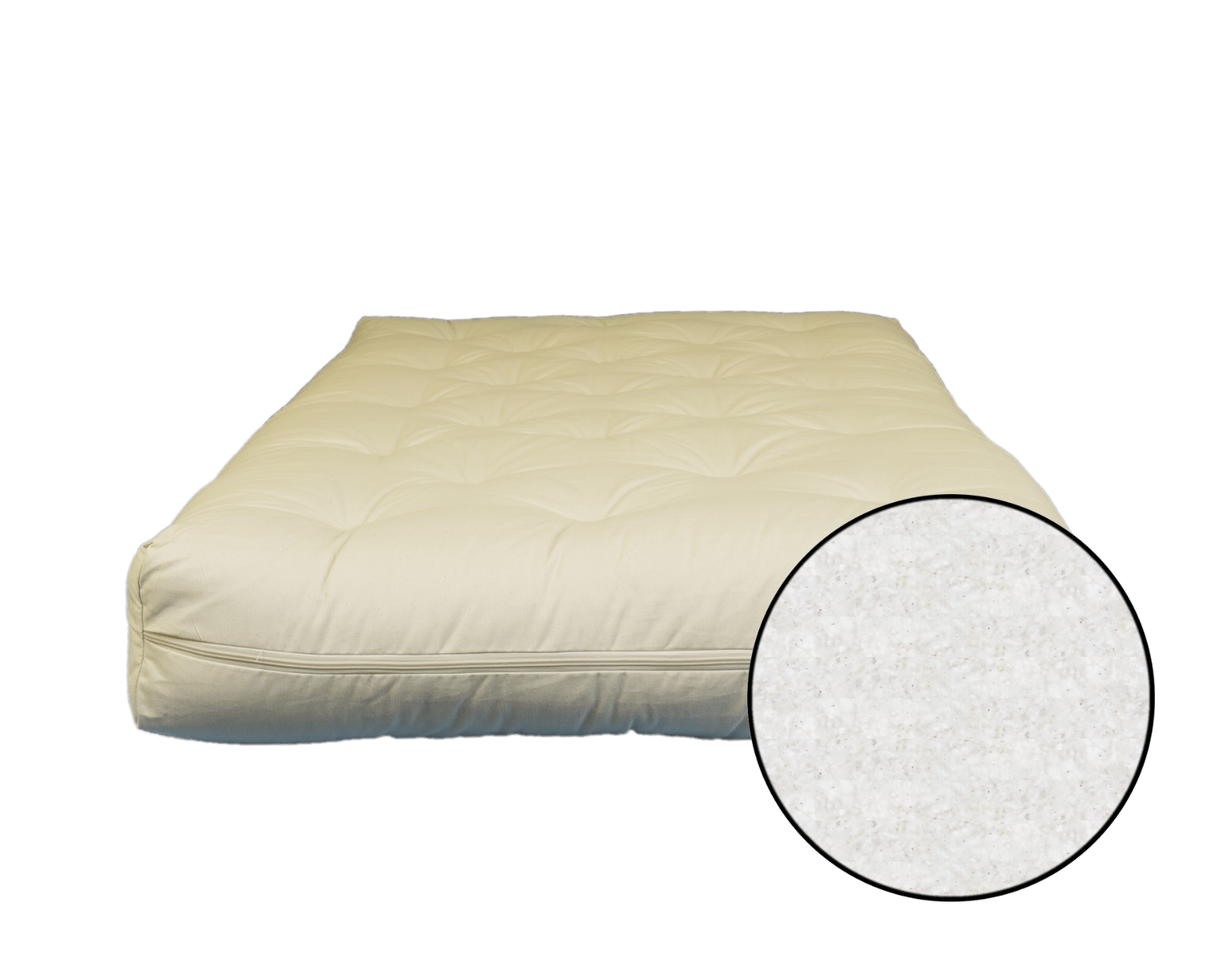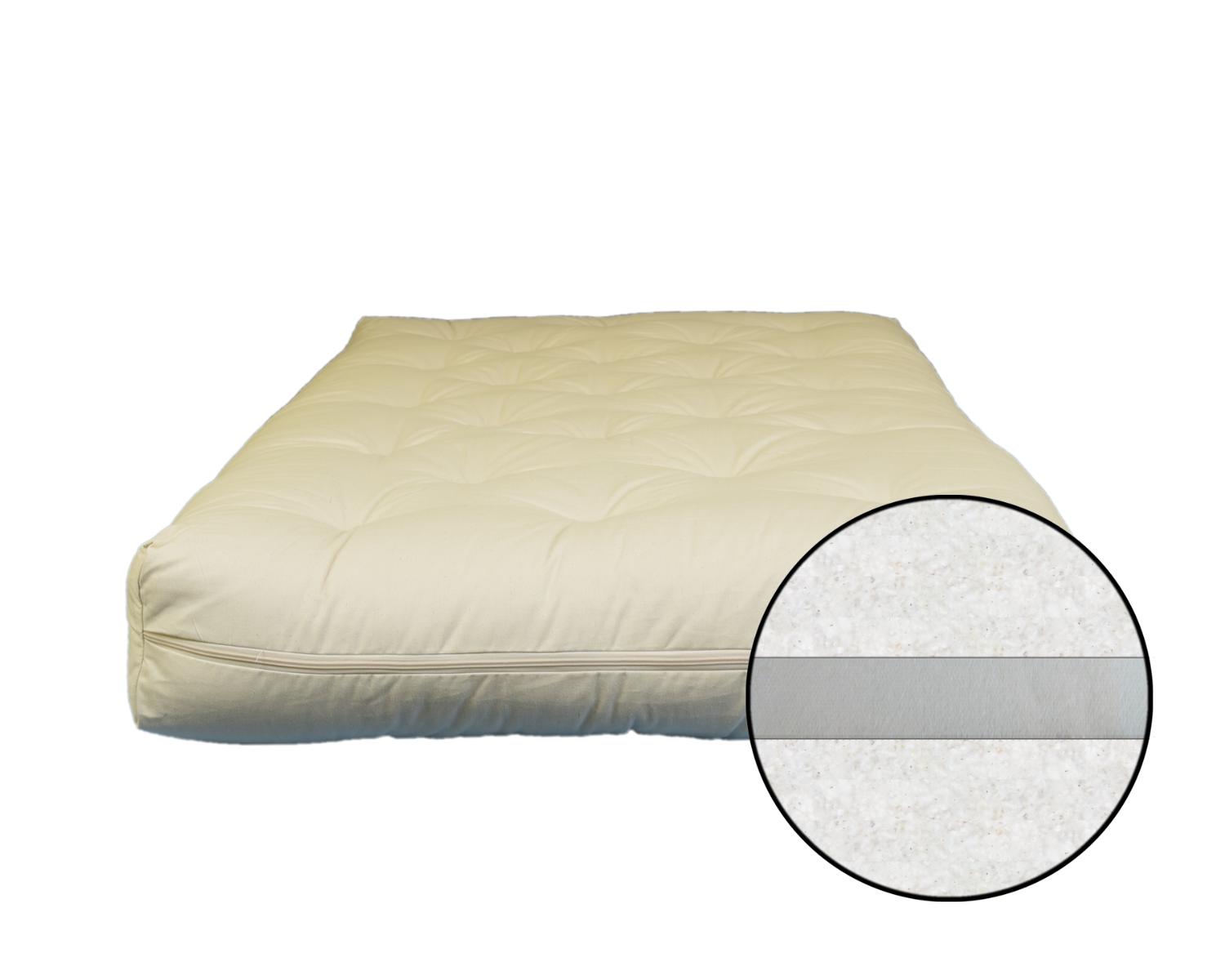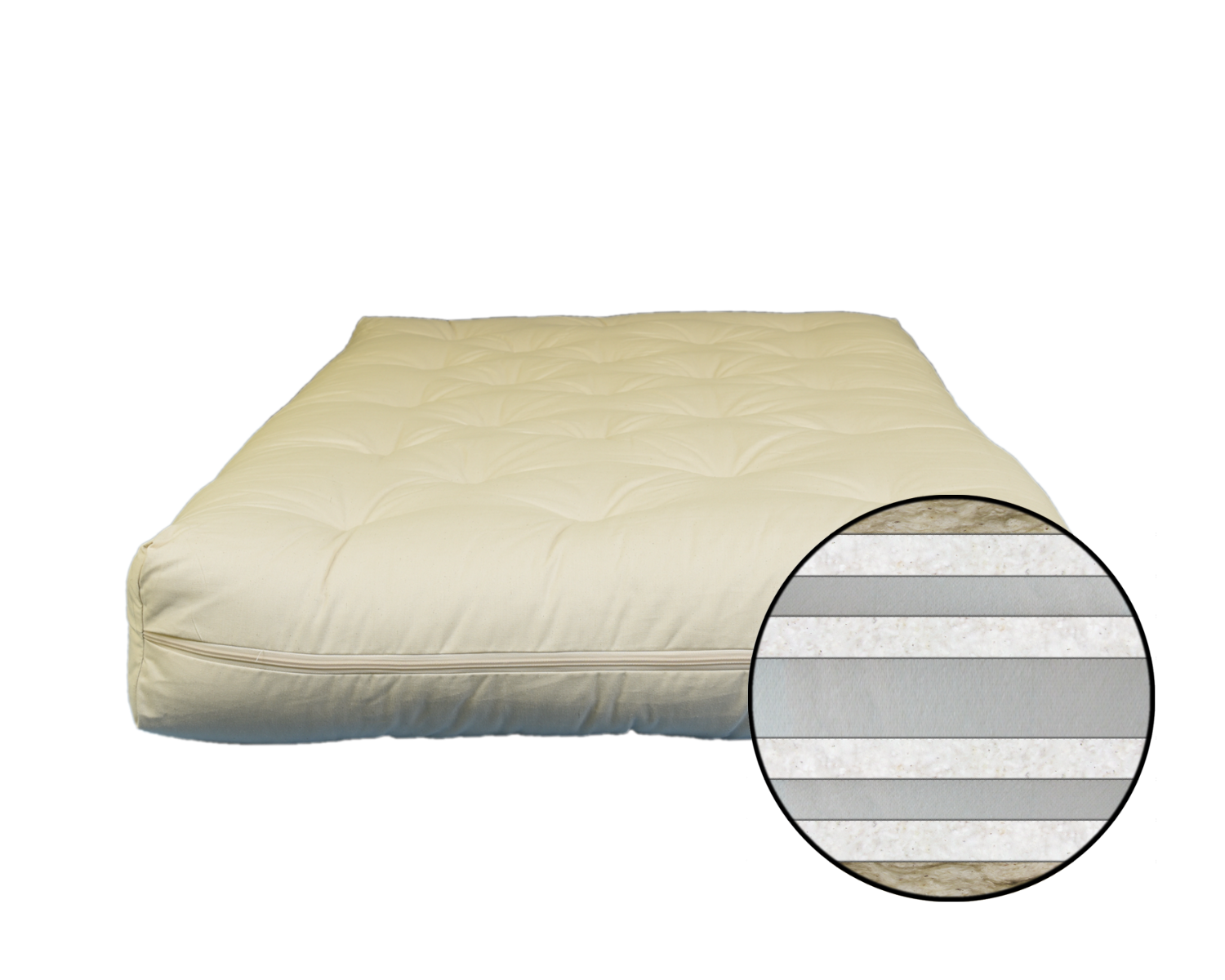Shikifuton – the traditional Japanese bedding known for its lightweight, breathability, and portability, is a popular choice for sleeping, and for good reasons. Its convenience and usability are unmatched.
Moreover, a shikifuton is made of breathable organic materials such as cotton, wool, etc. This makes it easy to care for and maintain. However, one must understand that it is not like the western-style mattresses. Therefore, caring for your shikifuton needs a different approach.
Here, we will outline the critical dos and don’ts while you regularly maintain your shikifuton.
Maintaining Your Shikifuton
Since shikifutons are made of naturally sustainable, organic materials, they need a little more care than modern Western-style mattresses. If cared for properly, a typical shikifuton can last for years.
1. Sunning and Airing Out
One of the most common ways to care for your shikifuton is to regularly keep it under bright sunlight for around 2 hours on each side. This process is known as ‘sunning’ your shikifuton.
Since these bedding materials are made from all-natural fibers, they are highly breathable. Therefore, they also need space and time for the moisture to dry up and fresh air to circulate.
When the moisture trapped inside is allowed to escape, it helps prevent the growth of mold and mildew on the surface. Thus, providing you with a naturally fresh sleeping surface.
-
Frequency
How often should you sun your shikifuton? Many people do it daily. Some do it once a week. However, experts believe you should leave the Shikifuton under the sunlight at least once a month, especially if your futon is placed directly on the floor.
Ideally, a shikifuton is placed on a tatami mat, giving it room for the air to flow. If your mattress is exposed to sufficient airflow, then it may not need to be sun-dried so frequently. However, once a month is a good frequency.
-
No Access To Direct Sunlight?
Ideally, one should leave the shikifuton under direct sunlight. But if you do not have that liberty or space, you can hang it to ventilate. You may use railings for your balcony or windows or rack it up on a deck or patio, especially if your mattress is large and bulky.
2. Flipping and Rotating
You must regularly rotate and flip your futon because shikifutons do not have a frame, they may develop uneven spots or dents over time. It is all the more true if you sleep in the same position every night. The dents can become uncomfortable eventually.
Rotating and flipping your futon at regular intervals helps distribute the weight evenly, resulting in its uniform wear and tear. Rotate it 180 degrees and flip it over every few weeks to maintain even pressure across the surface.
3. Cleaning
While buying a shikifuton, it is highly recommended that you use a removable cover. The removable cover acts as a protective layer against dirt and accidental spillage. You may remove the cover from the shikifuton and wash it periodically.
If you have spilled something on your futon and need to clean it, you can spot-clean it.
You may use water and detergent to spot-clean the affected area. Finally, dab the area with tissue paper to soak the moisture away.
4. Using A Futon Dryer
Many people using a shikifuton might not have the liberty or space to air-dry or sun-dry it. Modern technology has enabled a solution for them.
Futon dryers are available in the market to help maintain their futons.
It acts like a vacuum cleaner, air-blower, and futon beater, which evenly distributes the materials inside the mattress to provide a smoother sleeping surface.
5. Storing Your Shikifuton While Not Using It
Many people prefer buying shikifutons because they are portable, and can be tucked away when not in use. However, if you intend to not use the shikifuton for a considerable amount of time, say a few weeks to a few months, then you should pay attention to properly storing it.
It is the key to keeping its condition intact so you may begin using it again when you need it.
Keep in mind the following when storing your shikifuton
- Ensure the futon is dry. If it is not, dry it using any of the methods discussed above.
- Fold or roll the futon as per your convenience or the instructions of the futon manufacturer. Ensure the folds are not too tight to leave sharp creases.
- Store it in a cool and dry place, away from direct sunlight, such as a closet, cupboard, or under-bed storage.
- You may place a few cedar balls or naphthalene chunks around.
Care For Your Shikifuton As It Cares For Your Sleep
Maintaining and caring for a shikifuton is easy if you know how to care for them. Patience and consistency are the keys that will help you ensure your sleeping surface is clean, tidy, and comfortable, letting you have a night of restful sleep for years to come.








